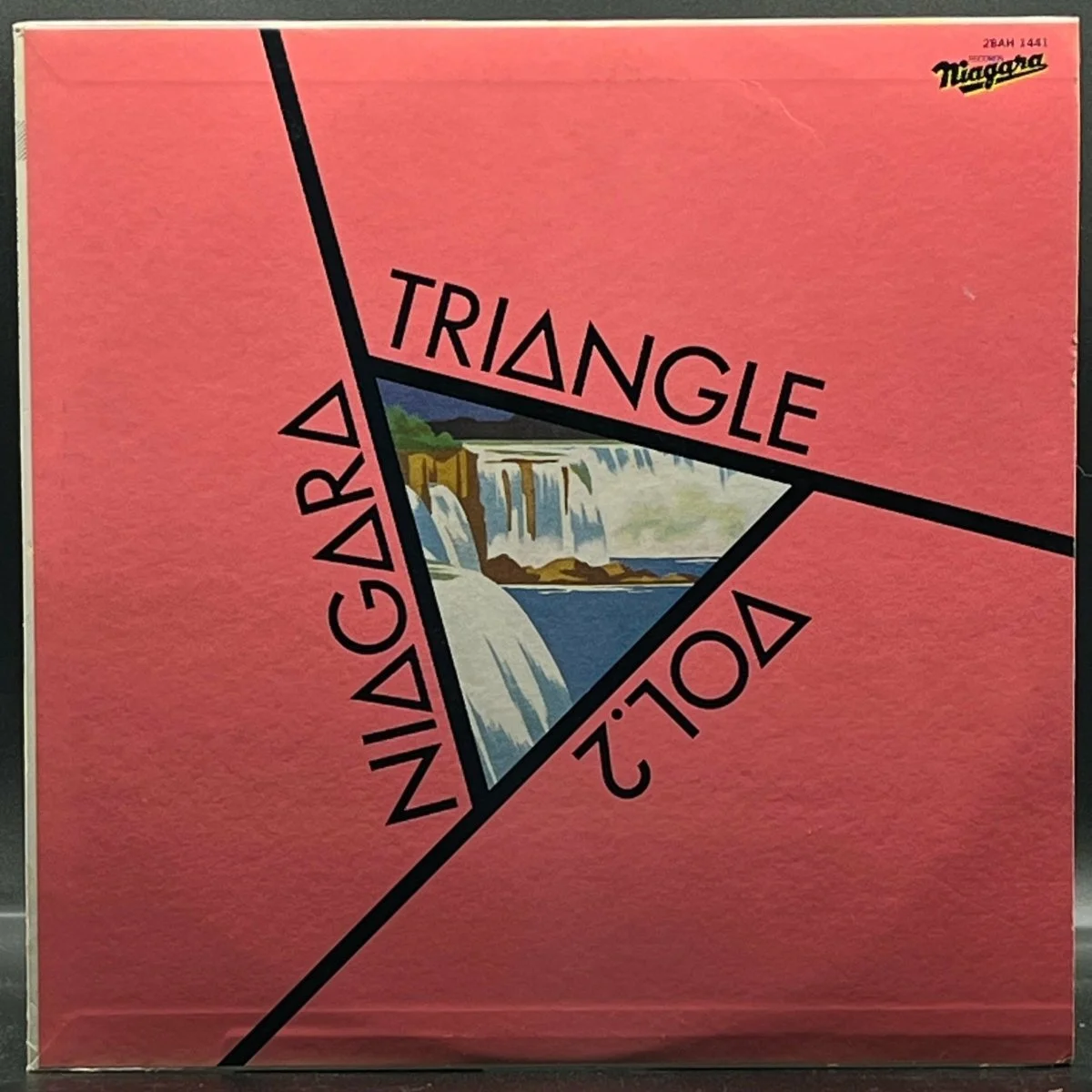What Makes Japanese Album Pressings So Valuable?
In this post we dive deep into a variety of explanations, causes, and examples for a trend you may have pondered or noticed over the years: that given any record you see, the Japanese version will be more sought-after and costly.
The Extras
One of the simplest reasons for Japanese releases being so popular is that for any given album, the Japanese pressing was sure to go all out. The most common extra to be found in Japanese pressings is lyric sheets. It’s rarer to find a record that did not come with a lyrics sheet (often in both Japanese and the original language for import albums) than one that does come with it.
Need to brush up on your Doobie Brothers lyrics for karaoke night? The Japanese release has you covered, whether you’re in Atlantic City or Tokyo
But sometimes it doesn’t end with a lyrics sheet. It’s not unusual to find anything from glossy poster inserts to flipbooks in a Japanese pressing. It turns any standard album purchase into a delightful surprise to open up the cover and see what’s in store.
If Santana’s Caravanserai wasn’t enough, it comes complete with a lyric booklet and a multi-page mini-flipbook highlighting the band, Carlos Santana, and other popular releases at the time
2. The Obi
Move over annoying hype stickers, because a large part of the appeal of Japanese releases is the beauty and simplicity of the advertising obi. An obi in Japan is a traditional fabric belt or sash, and album obis function very similarly: they’re a thin strip of paper that can easily slide on and off an album cover. Not only are these aesthetically pleasing and often decorated with beautiful colors and artistic imagery, they also provide a large amount of space for a variety of information and marketing that (most importantly and most unlike a sticker) does not in any way damage the cover itself. Obis oftentimes advertise hit singles from an album, the original MSRP price, the catalog code, and other releases by the artist or record label. Since they are made of paper however, they are very fragile.
3. The Availability
This one may be a little obvious, but it’s an important distinction when thinking back over how music has evolved through the years. While Japanese media such as J-Pop and Anime are prevalent worldwide today, the global popularity was not as widespread in the height of vinyl. Because of this, many releases by Japanese artists were simply, only released in Japan and other surrounding Asian countries. And as we all know by now, shipping and tariff costs add up.
While genres like vaporwave and city pop, and anime such as Lupin The Third have made these titles more familiar to the world at large, they were only ever released in the country of Japan.
But it’s not just Japanese artists that receive this treatment. Through Japanese record companies such as Sony, there were a wide variety of albums by Western artists that were only released in Japan as well. While these are mostly limited to compilations received through mail-order clubs (those of us who remember Columbia Record House know all too well), they still are a rarity and a unique addition to a fan’s collection.
These Jeff Beck and James Taylor compilations were only ever released in Japan, through the CBS/Sony Family Club
4. The Tracklists
The explanations listed so far are the major factors to take into consideration when considering the value of Japanese releases. After all, who doesn’t love the delightful surprise of extra memorabilia and beautiful embellishments? While the others are simply the age-old rule of supply and demand. However these last few are either a little more rare to encounter, or a little dubious in whether they’re actually accurate. In the interest of providing as much information as we can, we’ve included them here as well.
While unusual, it’s not impossible that releases of an album contain different tracklists, but on occasion a track can make or break an album’s desirability. This is certainly seen by the Japanese release of the otherwise familiar Doors Greatest Hits album below. Only the Japanese pressing includes the seminal The End, and as such is highly coveted among collectors
5. The Perception
This final explanation is among the most argued, and certainly is more difficult to confidently trace, but does contribute significantly to the value of Japanese releases. This is the perception that Japanese companies and pressing plants are more dedicated and concerned about audio quality and fidelity. Whether or not this perception is actually accurate is certainly up for debate. As many have come to understand over years of collecting records, the quality of an album pressing has more to do with the individual pressing plant’s methods and their access to master recordings. However, this is still a widespread characteristic associated with the country, and because of this releases from Japan may see a bit of a price lift because of that.













